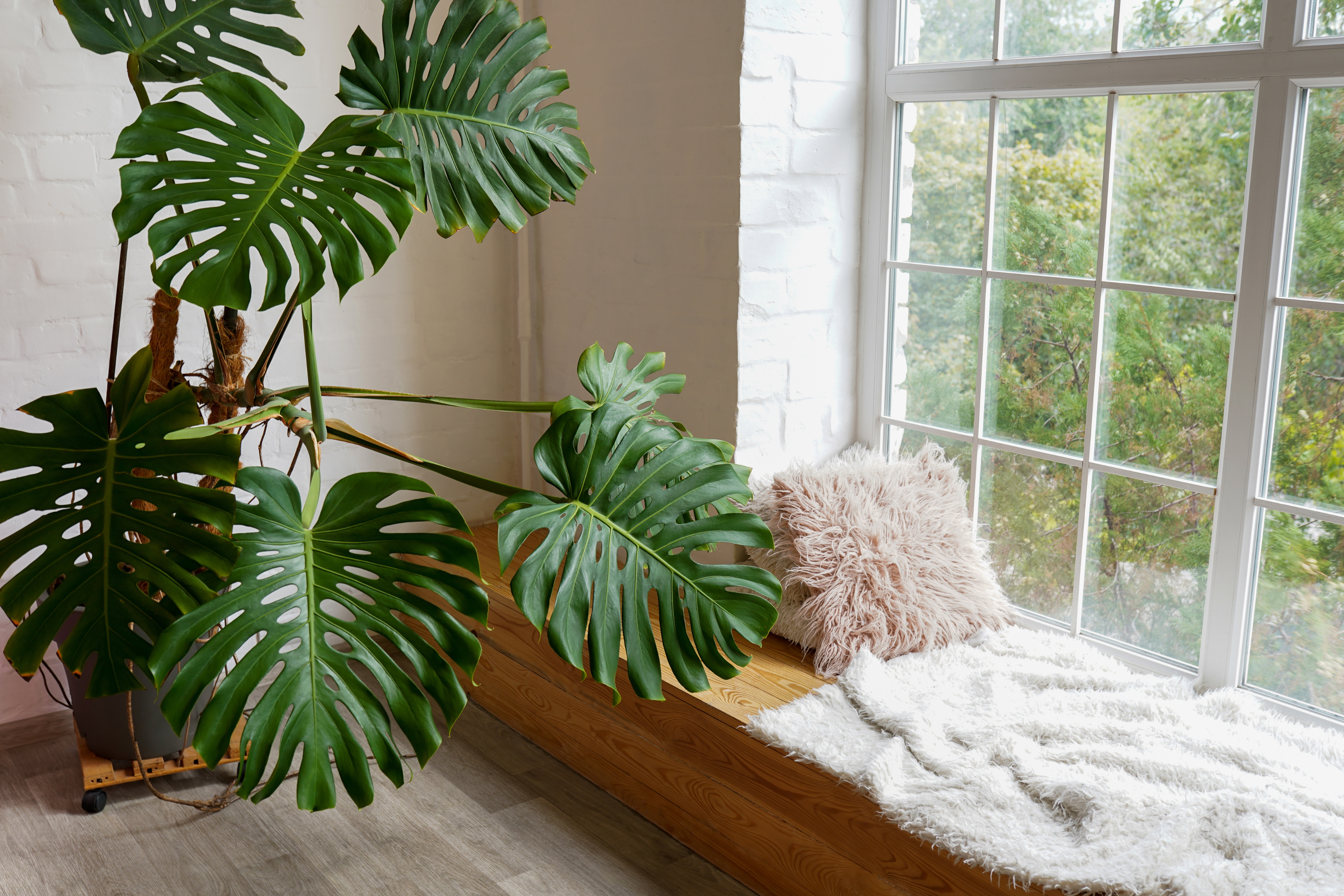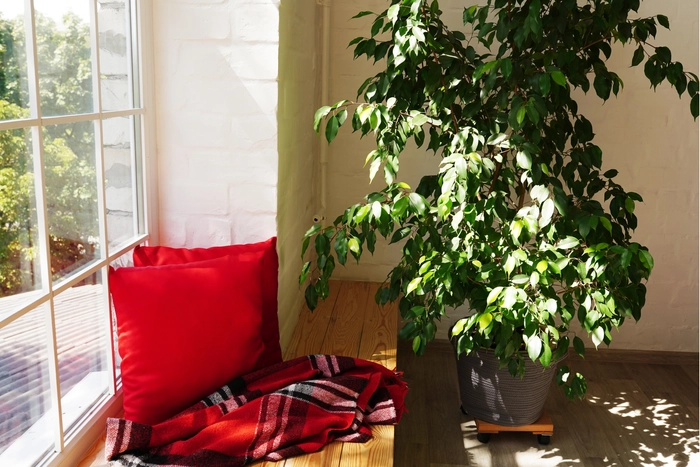Introduction:
Light is one of the most critical factors influencing plant growth and development. As a gardener, understanding the specific light requirements of your plants is essential for creating an environment where they can thrive. In this guide, we'll delve into the intricacies of plant lighting, exploring the different types of light, how they affect plant growth, and how to provide the right amount of light for your plants' needs.
Types of Light:
There are three primary types of light that plants require for photosynthesis and growth:
-
Natural Sunlight: Sunlight provides a full spectrum of light wavelengths, including ultraviolet (UV), visible, and infrared (IR) light. Plants utilize different wavelengths for various physiological processes, with blue light promoting vegetative growth and red light stimulating flowering and fruiting.
-
Direct Light: Direct light comes from a direct source, such as sunlight streaming in through a window or a spotlight shining on a plant. It tends to be intense and may cause leaf burn if plants are exposed to it for extended periods without protection.
-
Indirect Light: Indirect light is diffused and reflected, such as light filtered through sheer curtains or bouncing off walls. It is less intense than direct light but still provides sufficient energy for plant growth, making it ideal for many indoor plants.
Understanding Light Intensity:
Light intensity refers to the brightness or strength of light as perceived by plants. It is influenced by factors such as the distance from the light source, the angle of incidence, and obstructions that may block or filter light. Plants have varying light intensity requirements, with some preferring bright, direct light and others thriving in lower light conditions.
Assessing Light Levels:
Before determining the light requirements of your plants, it's essential to assess the light levels in your garden or indoor space. Use a light meter or simply observe the amount and quality of light available throughout the day to gauge the light intensity and duration. Note the direction of sunlight, any obstructions that may cast shadows, and the presence of reflective surfaces that may amplify light levels.
Matching Plants to Light Conditions:
Different plants have varying light requirements based on their native habitats and evolutionary adaptations. When selecting plants for your garden or indoor space, consider their specific light preferences and choose accordingly. Plants that require bright, direct light, such as succulents and cacti, should be placed in south-facing windows or under grow lights, while shade-loving plants like ferns and peace lilies thrive in lower light conditions.
Supplementing Light with Grow Lights:
In situations where natural light is limited or inadequate, supplemental lighting can be used to provide additional illumination for plants. LED grow lights are a popular choice for indoor gardening, as they are energy-efficient, customizable, and produce specific wavelengths of light that plants need for photosynthesis. Position grow lights at the appropriate distance and angle to ensure even coverage and prevent leaf burn.
Monitoring and Adjusting Light Exposure:
Regularly monitor your plants' response to their light environment and adjust their placement as needed to optimize growth. Watch for signs of light stress, such as leaf bleaching, stretching, or wilting, and make adjustments accordingly. Rotate plants periodically to ensure even exposure to light and promote balanced growth.
Conclusion:
Understanding light requirements is essential for successful plant cultivation, whether you're gardening indoors or outdoors. By familiarizing yourself with the different types of light, assessing light levels, matching plants to their light preferences, and supplementing with grow lights when necessary, you can create an optimal lighting environment for your plants to thrive.
Remember that each plant has unique light requirements, so take the time to research and observe your plants' behavior to ensure they receive the light they need for healthy growth and development. With proper lighting, you can illuminate the way to a vibrant and flourishing garden.
Happy gardening!

